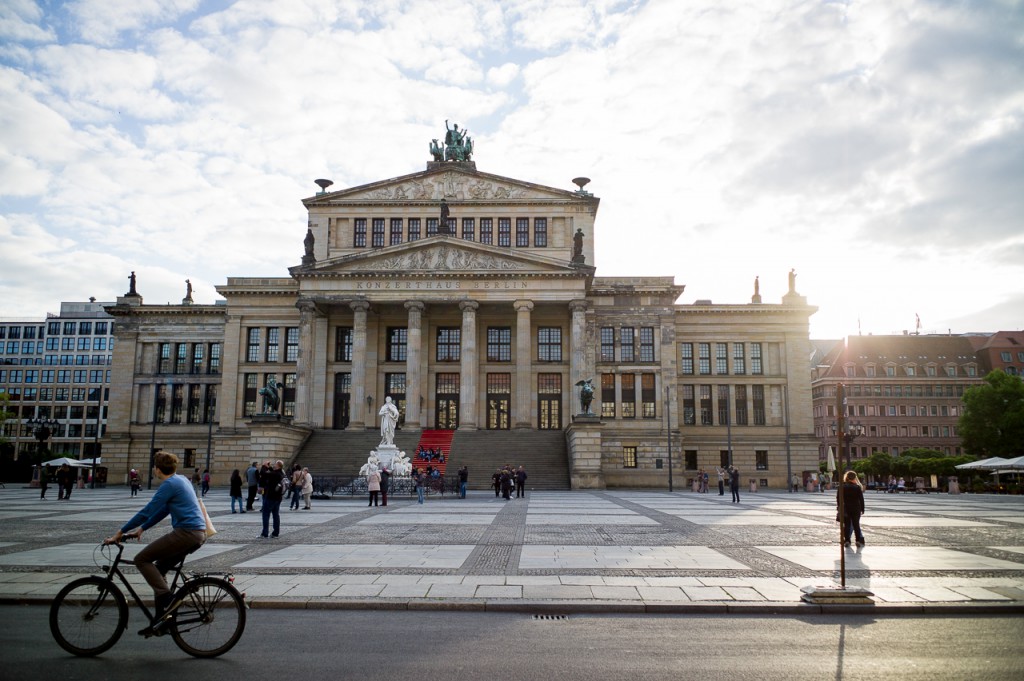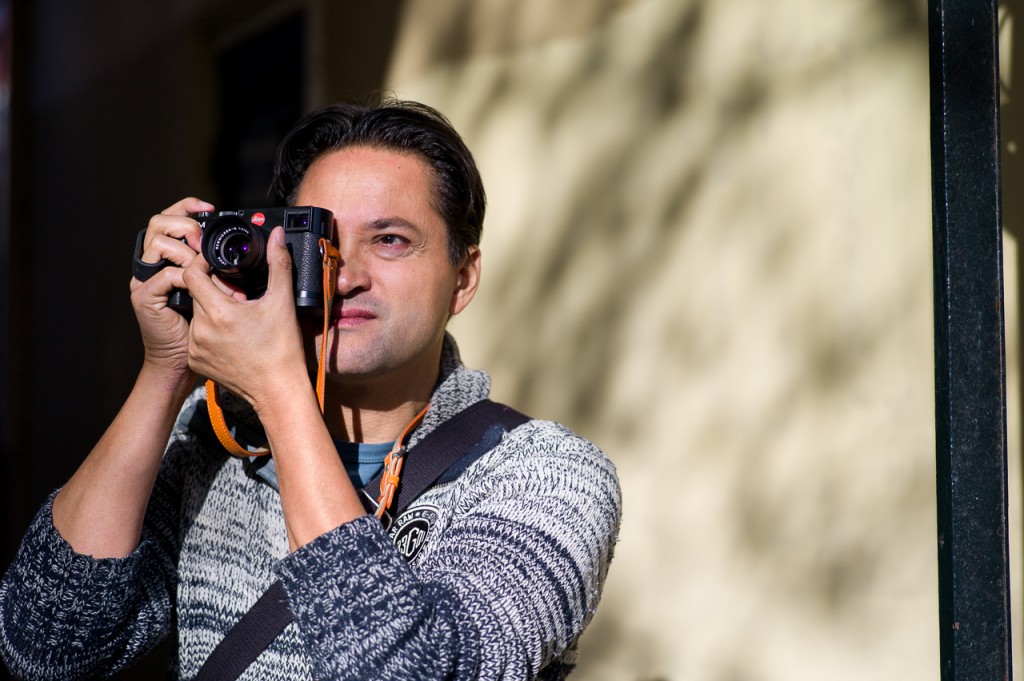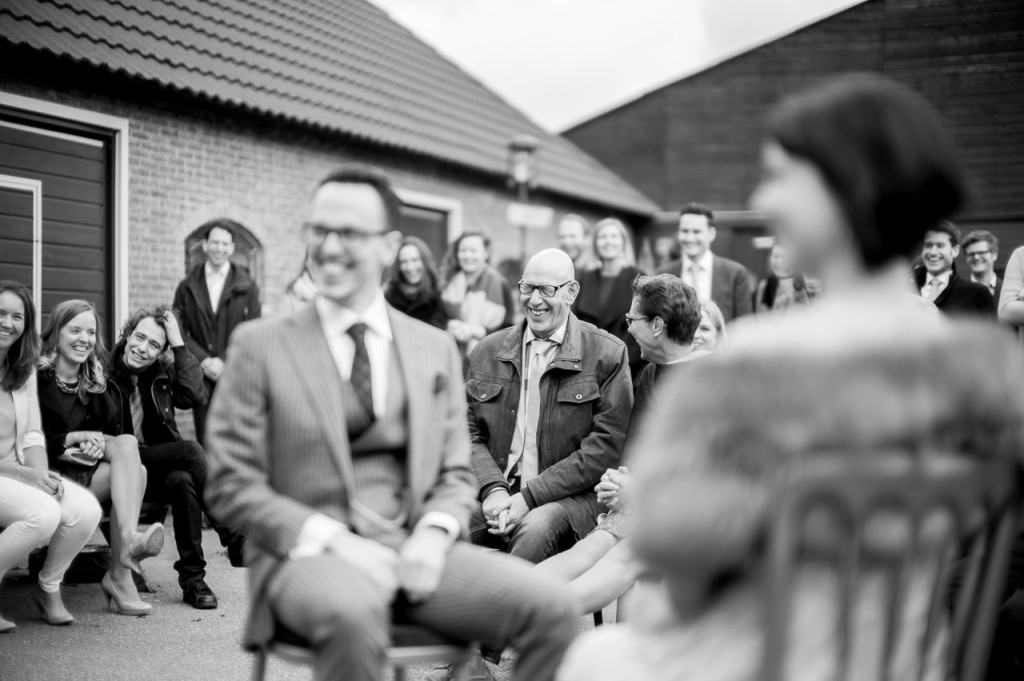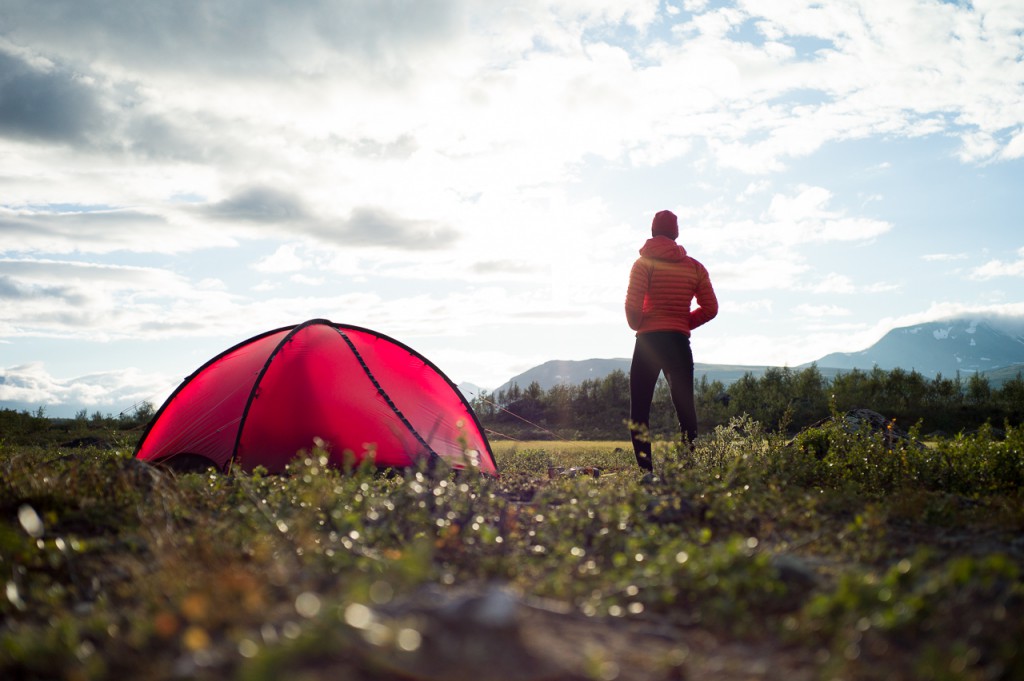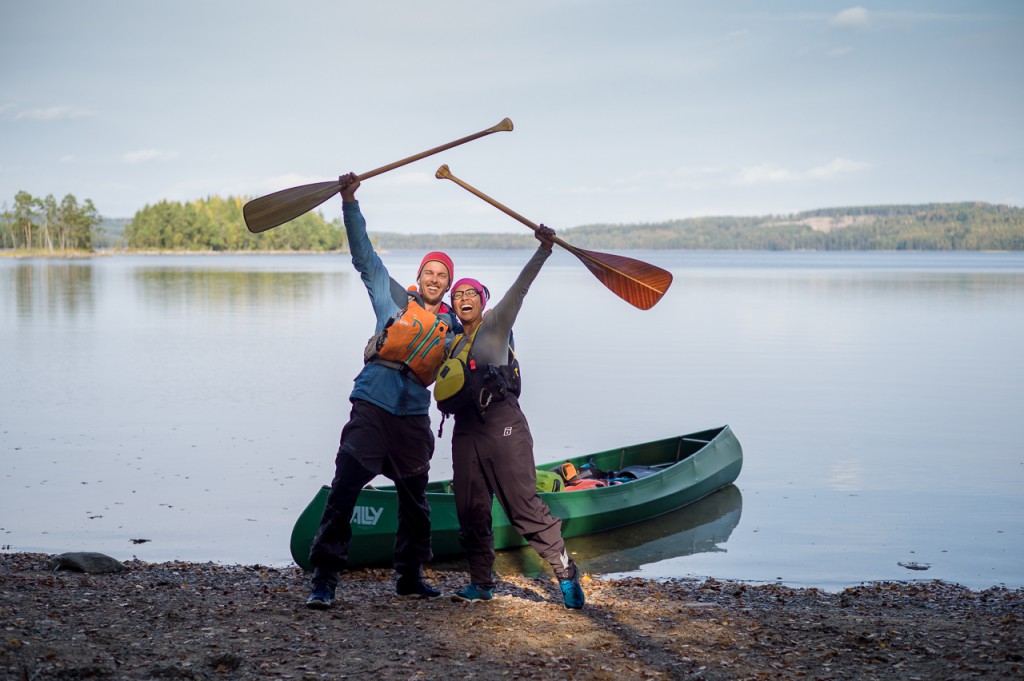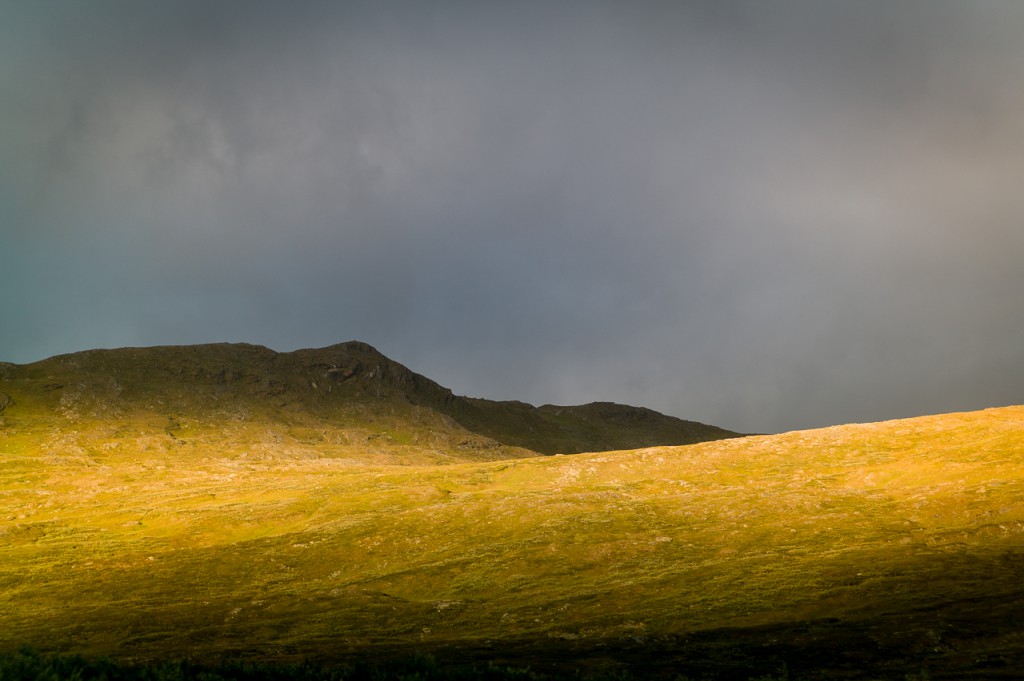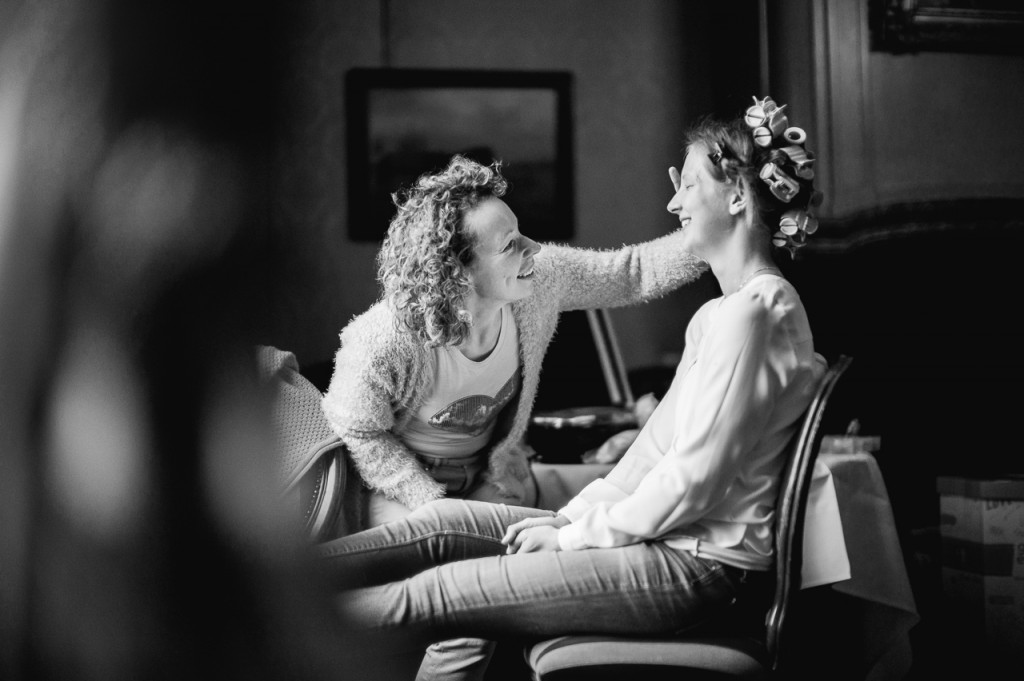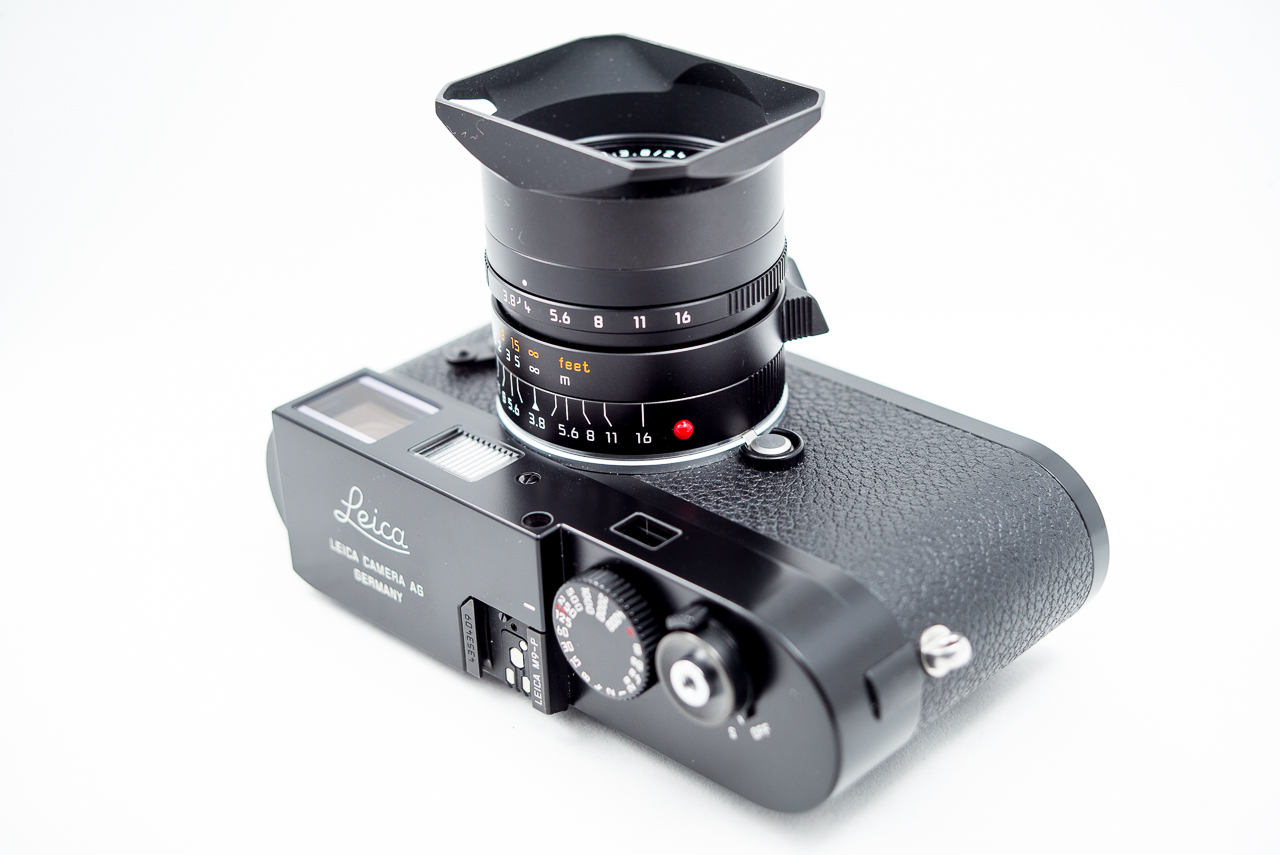This morning I did a search for a used Leica M9 on the Dutch equivalent of Ebay. The result? Not a single camera. I found a few used batteries, a Thumbs-up and a camera case. That’s it.
This is quite unusual for a digital camera, where depreciation is often faster than a new car…
It is not a coincidence that I didn’t find any used M9’s. Shortly after the M240 was released, people expected loads of used M9’s to be floating around on Ebay, waiting for a new owner. Although initially the prices of the M9 dropped a bit, soon after they stabilized and even started to rise again. This is quite unusual for a digital camera, where depreciation is often faster than a new car.
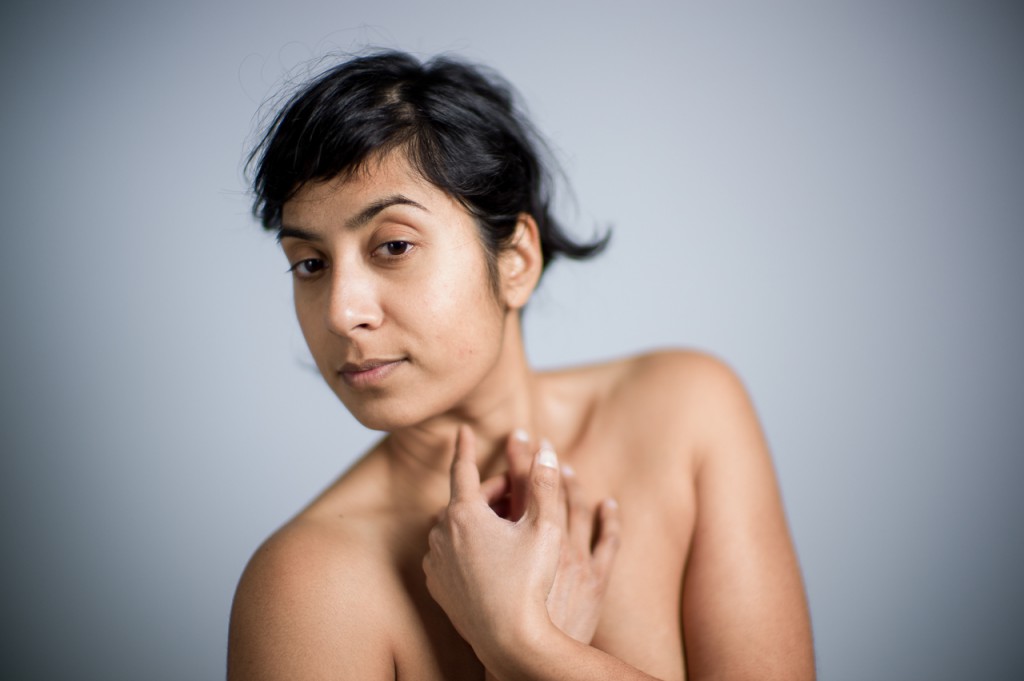
Even more than the Leica M8, the Leica M9 has acquired the status of a cult camera. Some M9 owners actually ‘hunt’ for good used M9’s, just to make sure that if their favorite camera fails, they will have a back-up. But why is this?
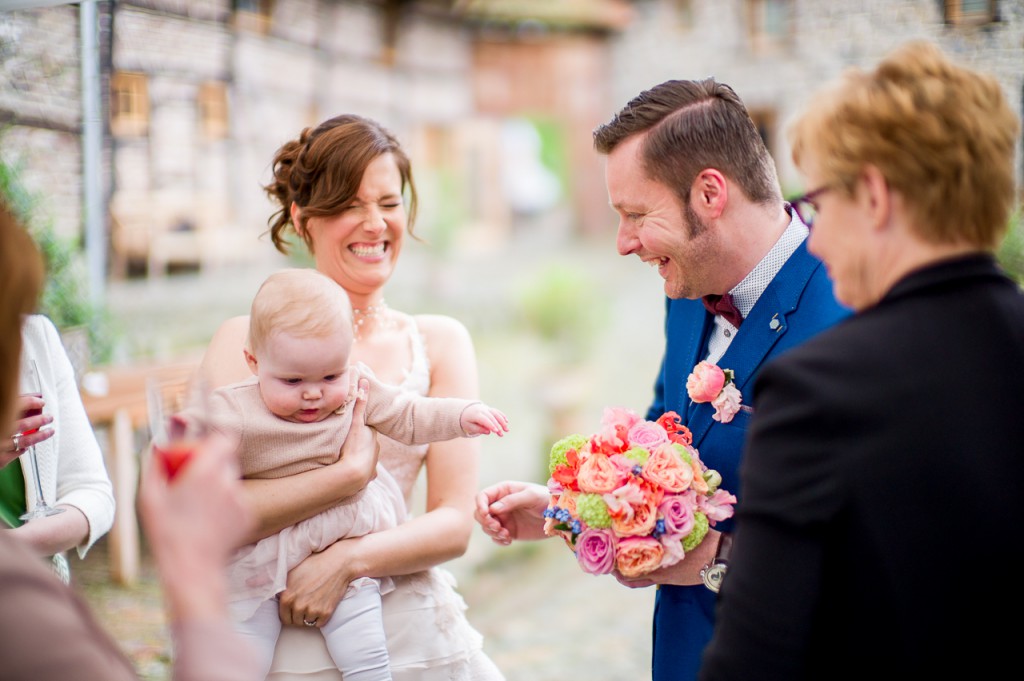
1. The Leica M9 has a unique CCD sensor
The M9 is (probably) the last digital rangefinder camera that was equipped with a CCD sensor. Although in the early days of photography all cameras had such a sensor, Leica was one of the last companies to make the switch to the CMOS sensor. The CCD was (or is) a bit of a ‘love or hate’ piece of technology. Compared to a CMOS sensor it is less economical to produce, is limited in the sensitivity (no high ISO possible), cannot offer live view, consumes more energy from the battery and there are probably more practical differences.

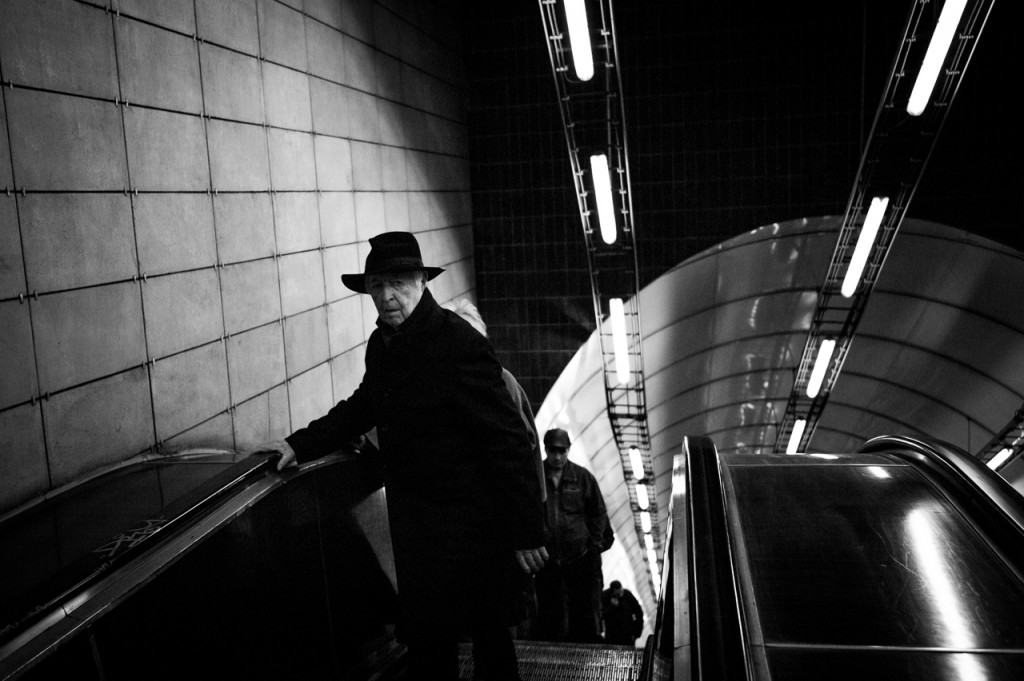
In spite of these ‘downsides’ (a downside is only a downside if it’s a downside for you, right?) the M9’s CCD offers something that no other CMOS sensor offers: a unique rendering. Thousands of threads have been written about this subject and quite a few people have tried to investigate this phenomenon. There are many threads where pictures have been taken with both a Leica M9 and a Leica M240, edited to make them look the same and finally posted online to make the viewer guess which picture was taken by the M9 and the M240. Sometimes it’s quite obvious, sometimes it is impossible to say.
The M9 had better skin tones than the M240…
For me, the difference in rendering between the M9 and M240 is quite obvious with my workflow in Lightroom. In fact, when the M240 came out, I could buy only one camera, due to availability. As a wedding photographer, I needed two camera bodies, so I brought my M9 as a backup. When I used the two bodies simultaneously, I often struggled to get the images right in Lightroom. The rendering of the two bodies was sometimes impossible to combine in one series. The M9 had better skin tones than the M240, but there were more differences that can be hard to describe in words.
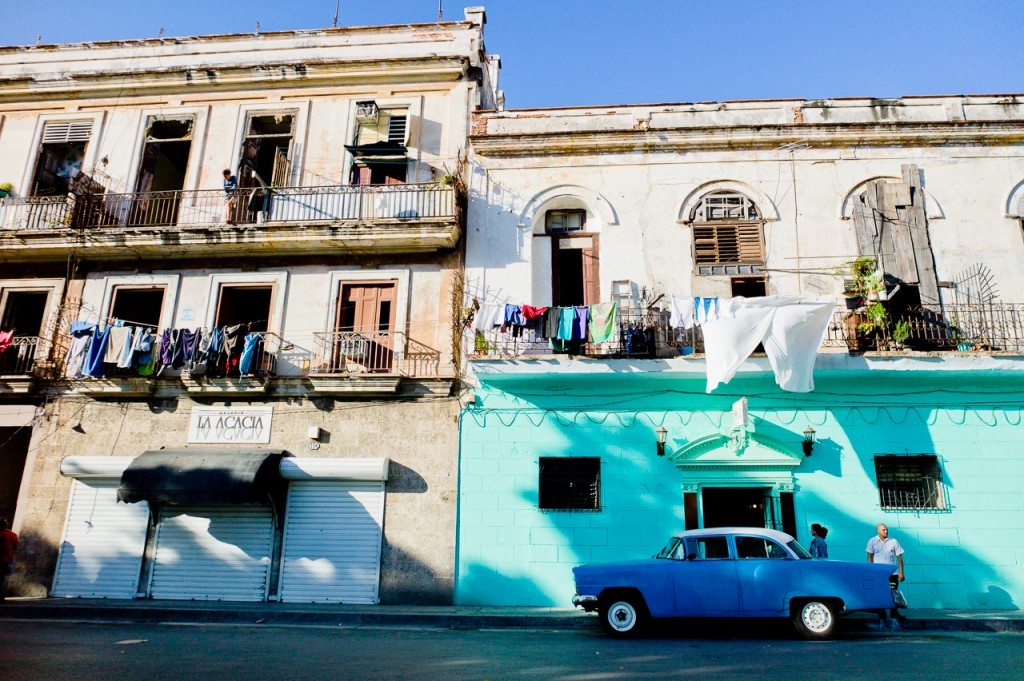
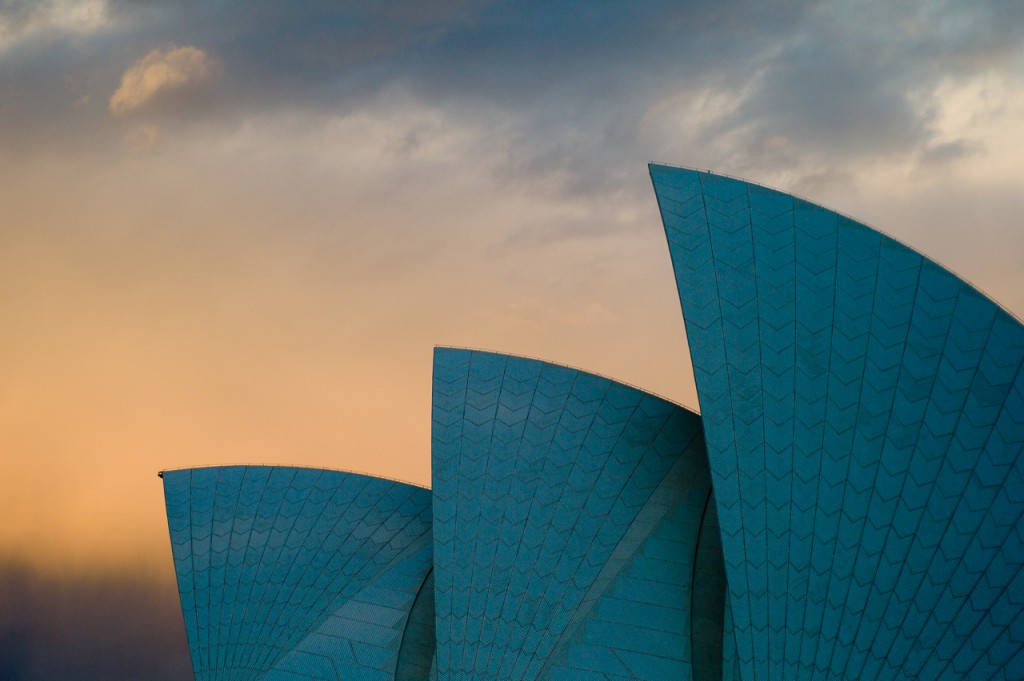
Although I loved my M9, I still preferred my M240 for my professional photography. The M240 offered a much more usable high ISO, live view (though very laggy), less quirks, much better battery life and a better rangefinder. Here’s an article that I wrote for Steve Huff about that subject. For my personal work -and for other less stressful jobs- I often took my M9P. Even on my last trip, where I spend five months with my wife in the Northern wilderness of Sweden and Norway, I brought an M9.
You can read for weeks or even longer about the CMOS vs CCD debate, but I encourage you to try for yourself. One of the website you should pay a visit is this one.
2. The Leica M9 is still the most light weight full frame rangefinder camera
The M240 suffered from some serious obesity. It was fat and heavy, packed with all the new features that Leica could think of. Although still much lighter than a DSLR, the M240 was probably the max that we, rangefinder shooters, wanted to carry around.
The M240 suffered from some serious obesity…
For me, the difference in weight and size was big enough to take the M9 on my outdoor trips, where every gram literally matters. If I made sure that I switched off my camera after each photographic moment, the difference in weight with the less efficient M9 was still big enough.
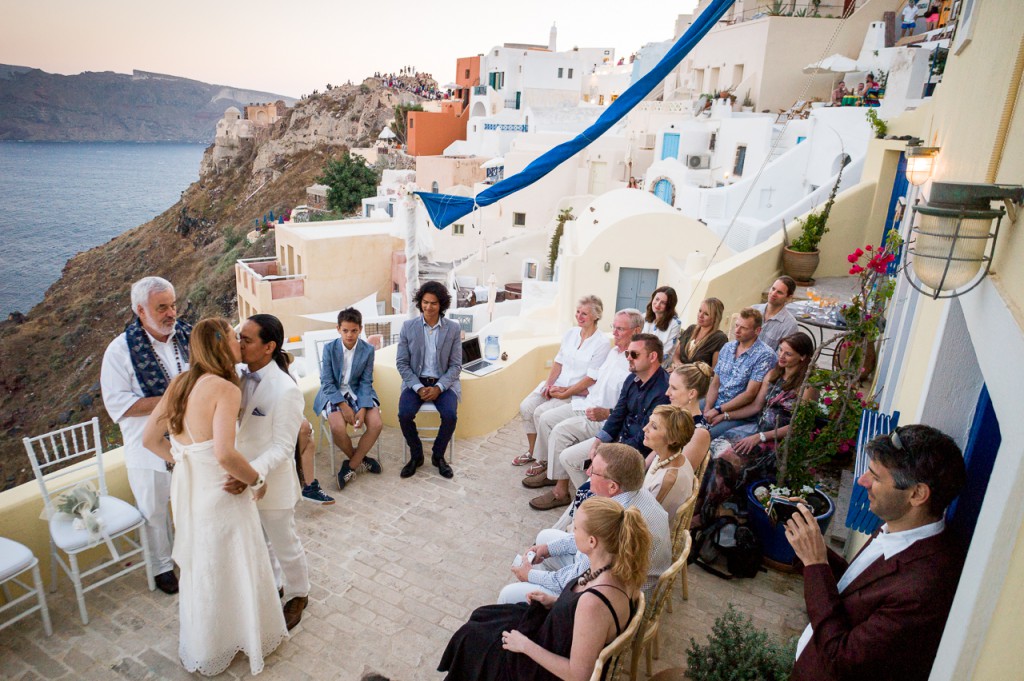
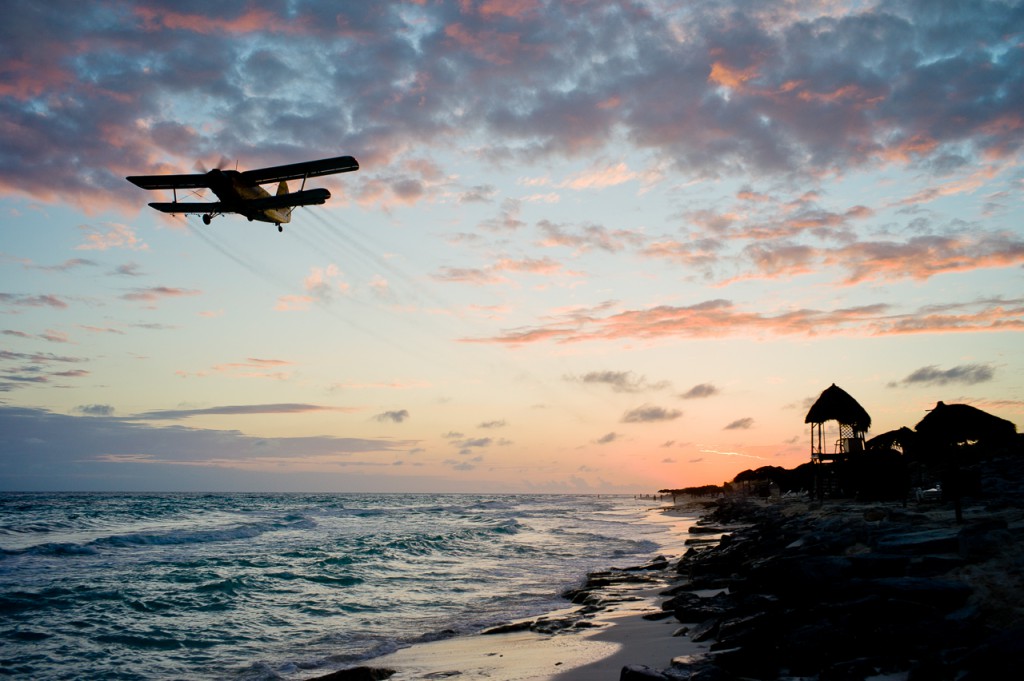
With the Leica M10, our German friends are on the right track again. It’s as slim as the Leica M7 and they even managed to save some weight. But the M9 is still 80 grams lighter. That doesn’t seem like a big difference, but after a day of shooting, you will feel the difference. And on an outdoor trip, 80 grams of chocolate will get me a few hours of energy.
That doesn’t seem like a big difference, but after a day of shooting, you will feel the difference
3. Leica has proven to take care of the Leica M9 customer
One of the reasons why vintage Porsche 911’s have seen a much steeper increase in price than vintage Italian cars, is that German cars were built better than Italian cars. Also, if something breaks on your 911, you can still get a replacement part. The same thing can be said about Leica.

When the sensor corrosion issue was discovered, Leica M9 owners feared the worst. But Leica acknowledged the issue and offered a free new sensor for those cameras that were affected. My M9P had a cracked sensor and although it almost gave me a heart attack, it was solved in less than five weeks by Leica.
There is no reason not keep your M9…
With enough spare parts, warranty on the major issues and the ability to adjust the rangefinder, there is no reason not keep your M9.
4. The easiest menu ever
The Leica M9 has a very simple, brilliant menu. Due to a lack of features, the menu is short and easy. Compared to the M8, the ISO can be set with a dedicated button. All you need is there and probably more important: all you don’t need, is left out.
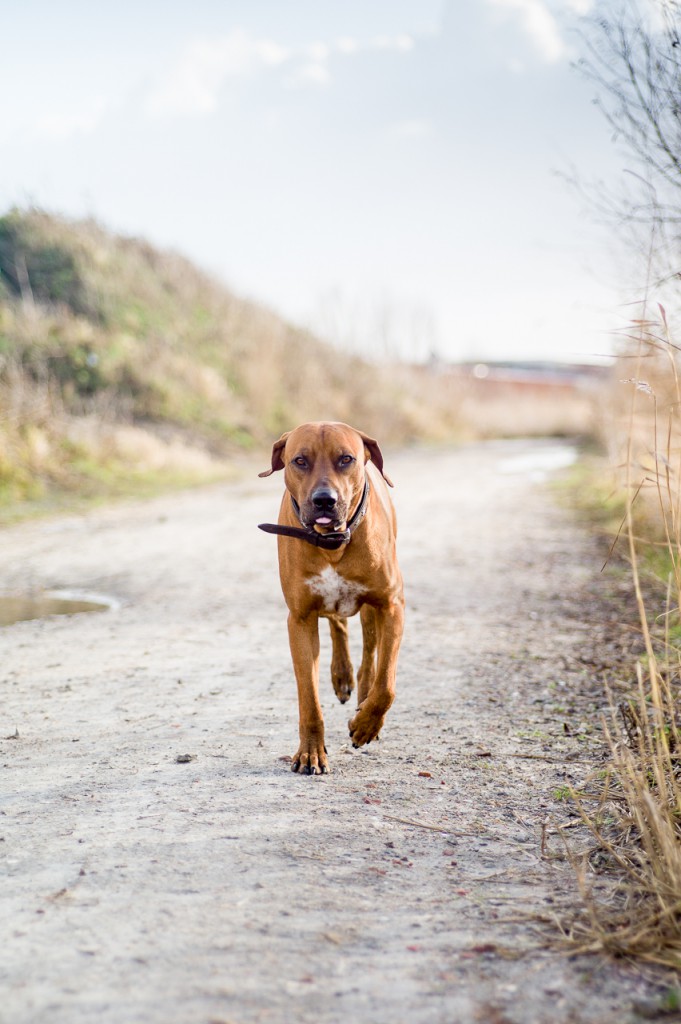
The Leica M240 had a much more complex menu, mainly because the implementation of live view and video. Compared to a DSLR or a Sony A7, the M240 is still very easy to navigate, but the M9 is the pinnacle of simplicity. With the M10, Leica went back to a shorter and easier menu structure. And with success: most M10 users praise the menu structure of the M10.
The M9 is the pinnacle of simplicity…
Conclusion
When the M9 was halfway its life cycle, nobody probably expected the M9 to become a cult camera. There were quirks, ISO wasn’t up to speed with the competition and most M users were looking for Leica to step up the game. But in hindsight, the M9 was the first digital M where Leica had it right; it was light weight, small (ish), had a phenomenal output at low ISO and had a clean, easy layout. I will never ever sell my M9P and neither should you.
The Leica M9 is here to stay. That can’t be said of most digital cameras.
Suggestions for further reading:
Ashwin Rao about the M9 vs the M240
John Ricard about the M9
Thorsten about the M9
